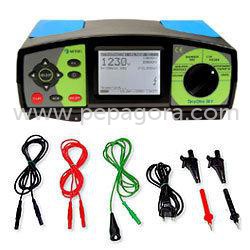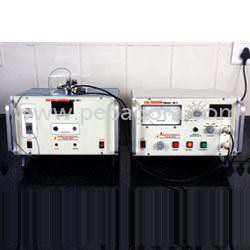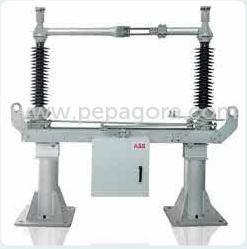Power Electronical
Product Range
Fact Sheet
- Location:Maharashtra, India
- Year of Establishment:1999
- Business Type:Manufacturer, Business Services
- Turnover:Rs. 50 Lakh - 5 Crore
(or USD 100 K - 1 Million) - Main Products:Tan-Delta testing systems, Oil Testers
- Reviews & Rating:
Get Verified, Sell more with
- Buyer's trust
- Faster conversions
- Better Rankings
- More
Its Free
Verify NowRLA/Testing of HT Motor/Generator
Motor Rotor eccentricity Motor Rotor Bar Cracks Misalignment or Bend Shaft Motor Rotor Bar looseness Foundation defect / soft foot.
- FOB PriceNA
- Min Order QuantityNA
- Payment TermsNA
Other Details
Motor Rotor eccentricity Motor Rotor Bar Cracks
Misalignment or Bend Shaft
Motor Rotor Bar looseness
Foundation defect / soft foot
Electrical defect in motor
Mechanical looseness
Defective belt drives
Unbalance in a Rotor
Damaged Bearings
Gear defects
Resonance
Winding Resistance Measurements:
The test is most effective when compared with such measurements
10 RLA/Testing of H. T. Motor/Generator from similar motor/generator, or previous test results or factory test data. It gives the full information of abnormalities like loose connections, broken strands etc. It even identify other issues like unbalance that result in overheating & circulating events.
Insulation Resistance Polarization Index [IR/PI]:
Insulation Resistance and Polarization Index is the most commonly Practiced and accepted test in identifying dryness/wetness of paper insulation. The life of motor/generator is mainly based or is very sensitive to amount of moisture content in paper insulation. This test gives information on aging condition or status of the insulation, moisture content in paper and hence is a very important test for identifying residual life.
Dielectric Loss Measurement (Capacitance & Tan-Delta):
A high loss may indicate problems in the insulation structure. Normal aging of an insulating material will cause dielectric loss to increase. Contamination of insulation by moisture or chemical substances may cause losses to be higher than normal. Physical damage from electrical stress or other outside forces also affects the level of losses. A dielectric loss testing program provides several important benefits. Periodic tests performed during the service life of the equipment can indicate that the insulation is either aging normally or deteriorating rapidly. Diagnostic tests may disclose the location of a fault, or the reason for failure.
Images









